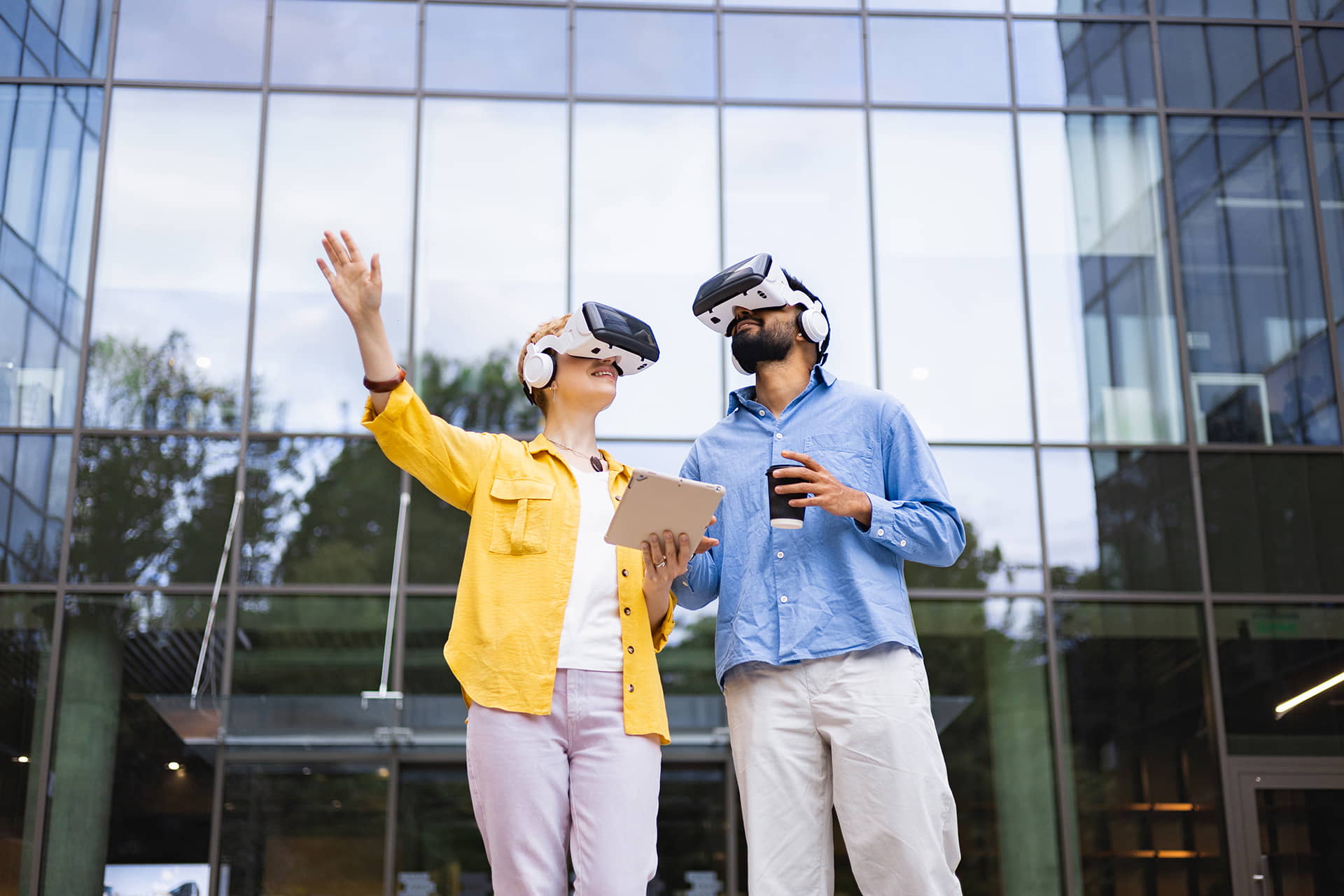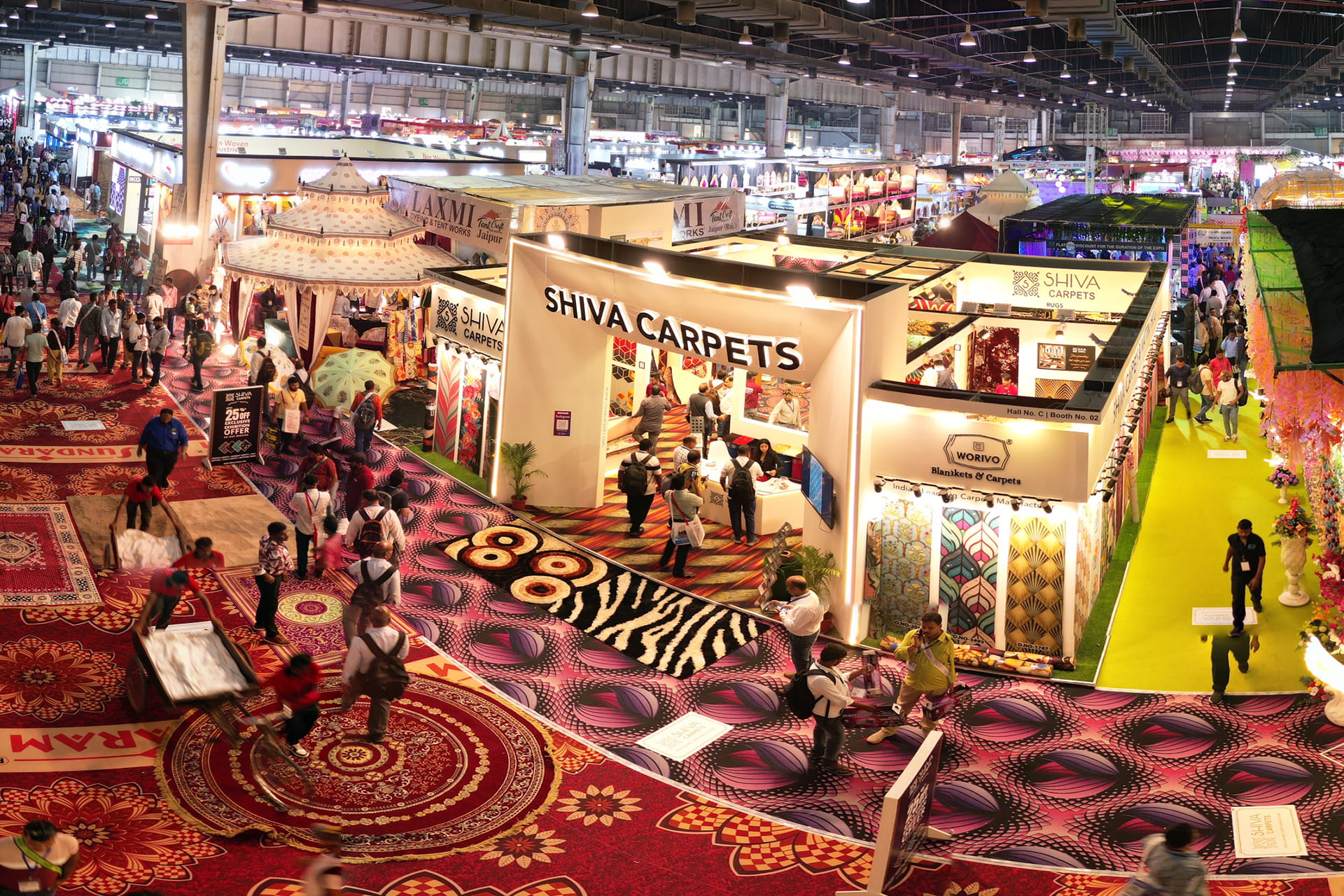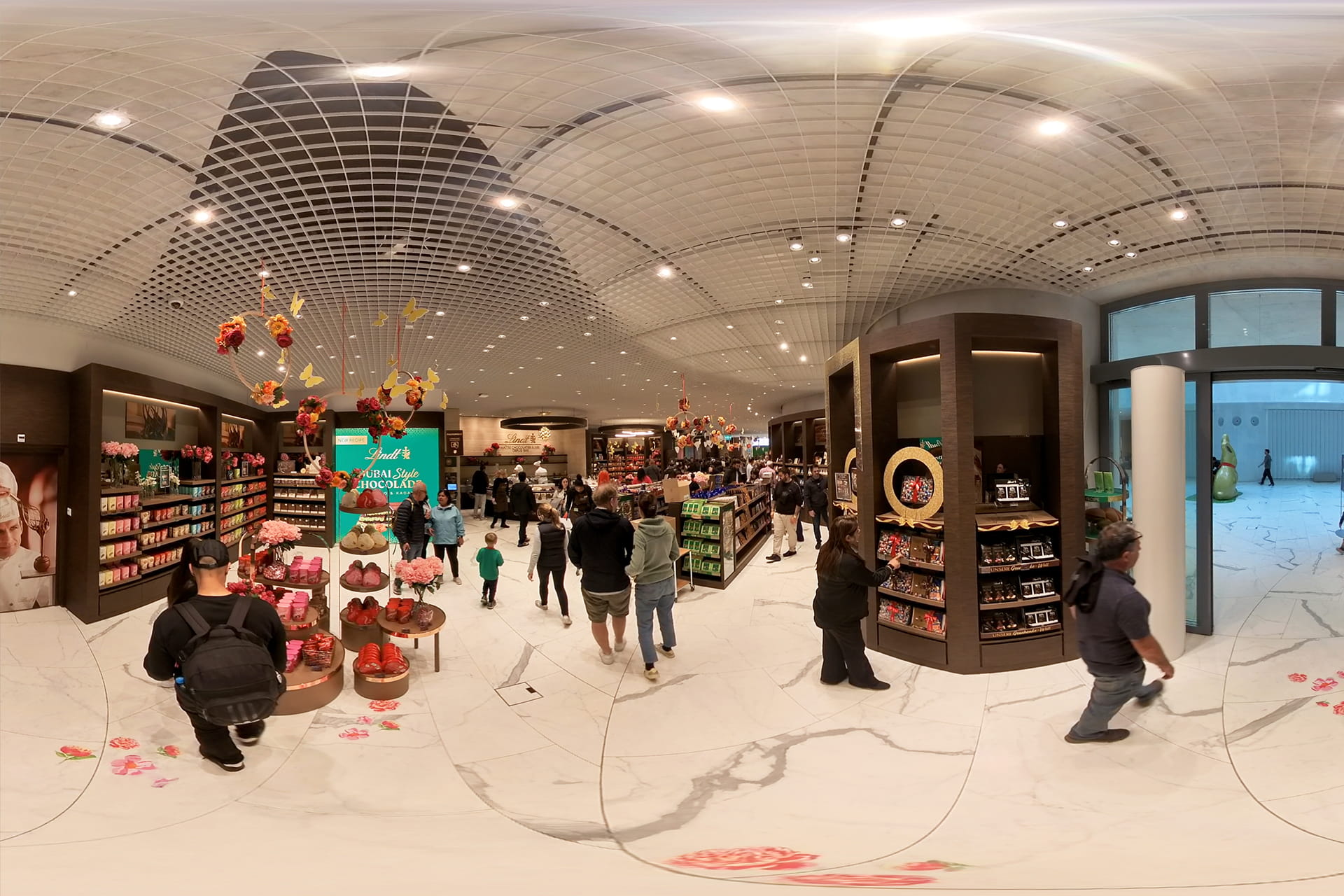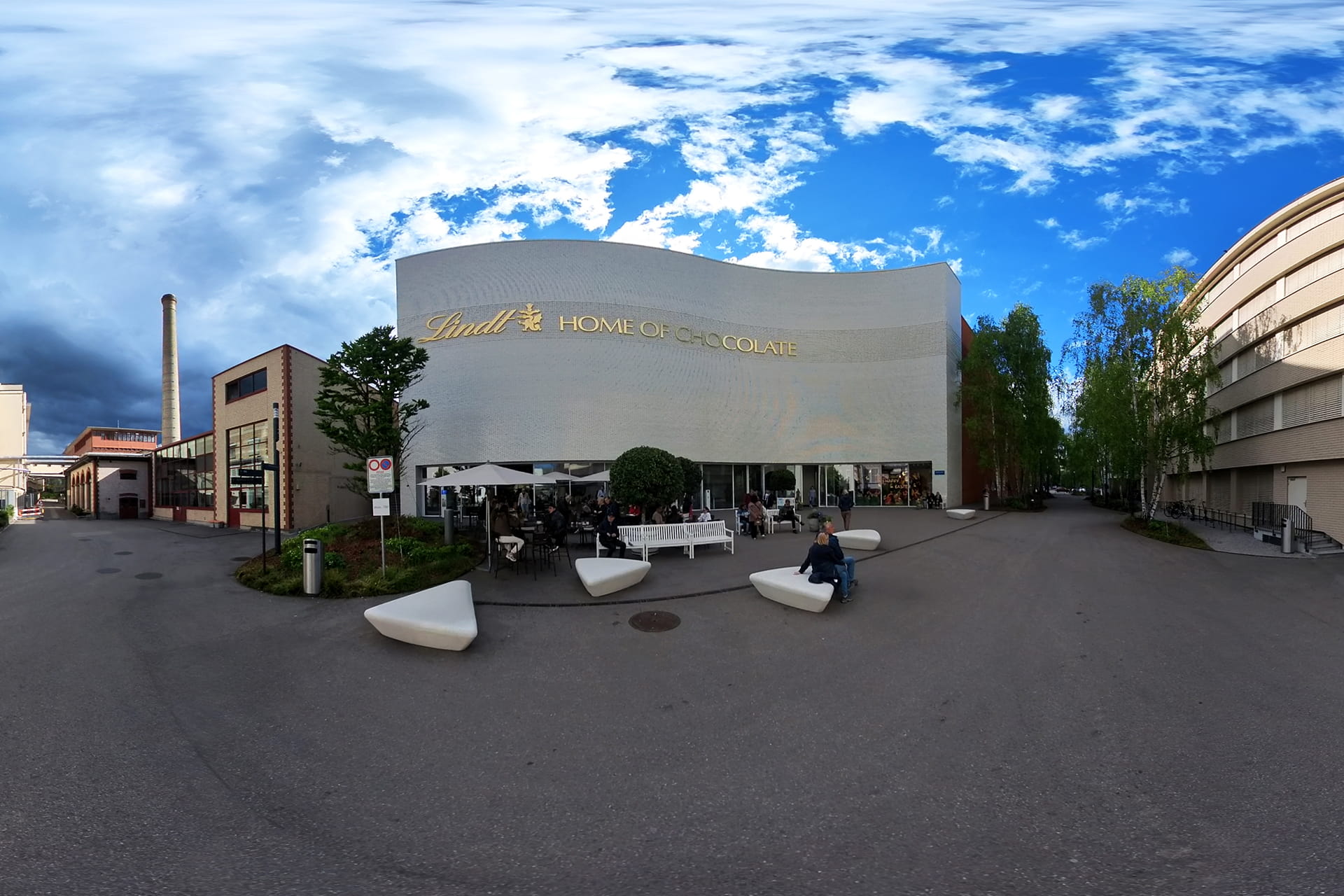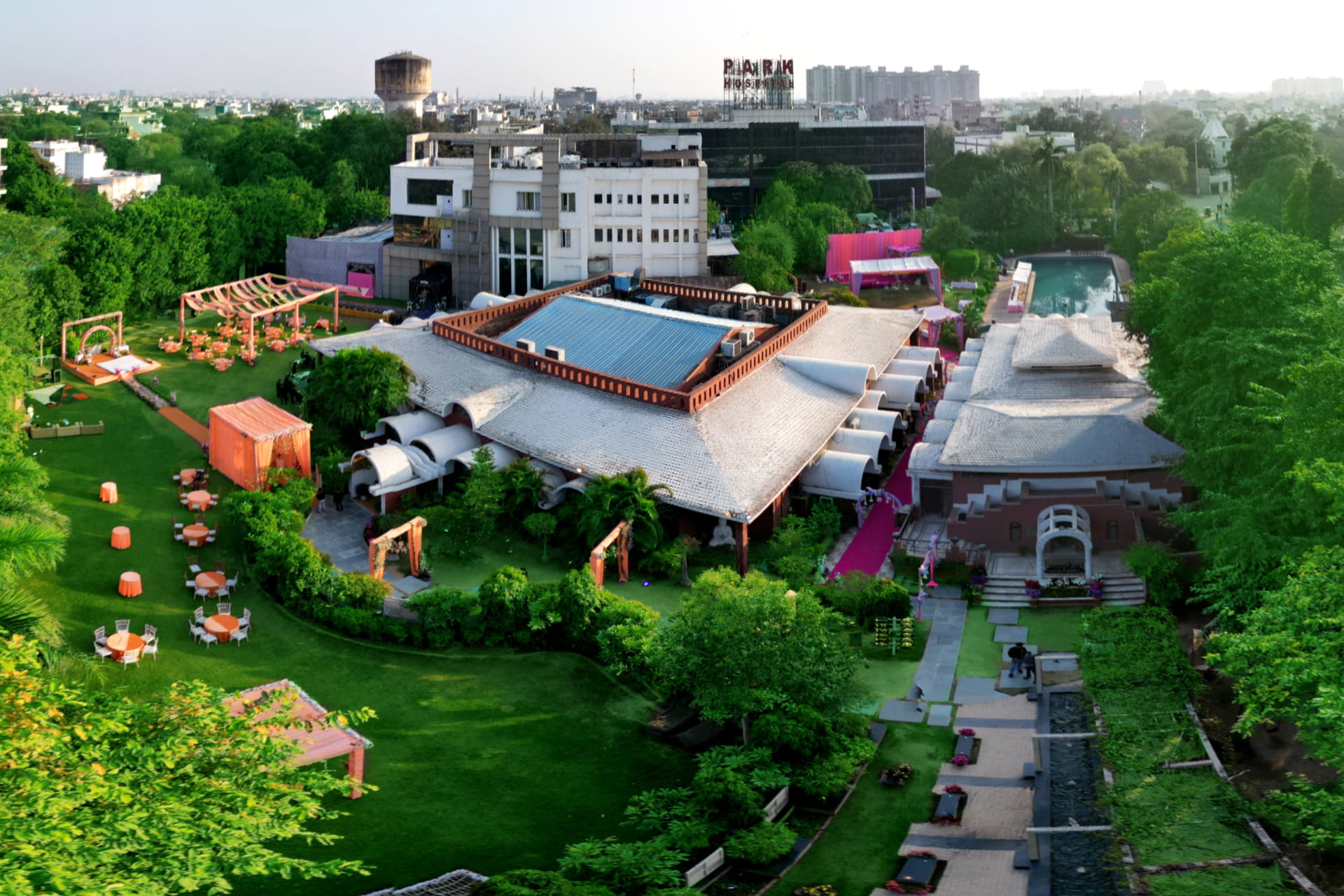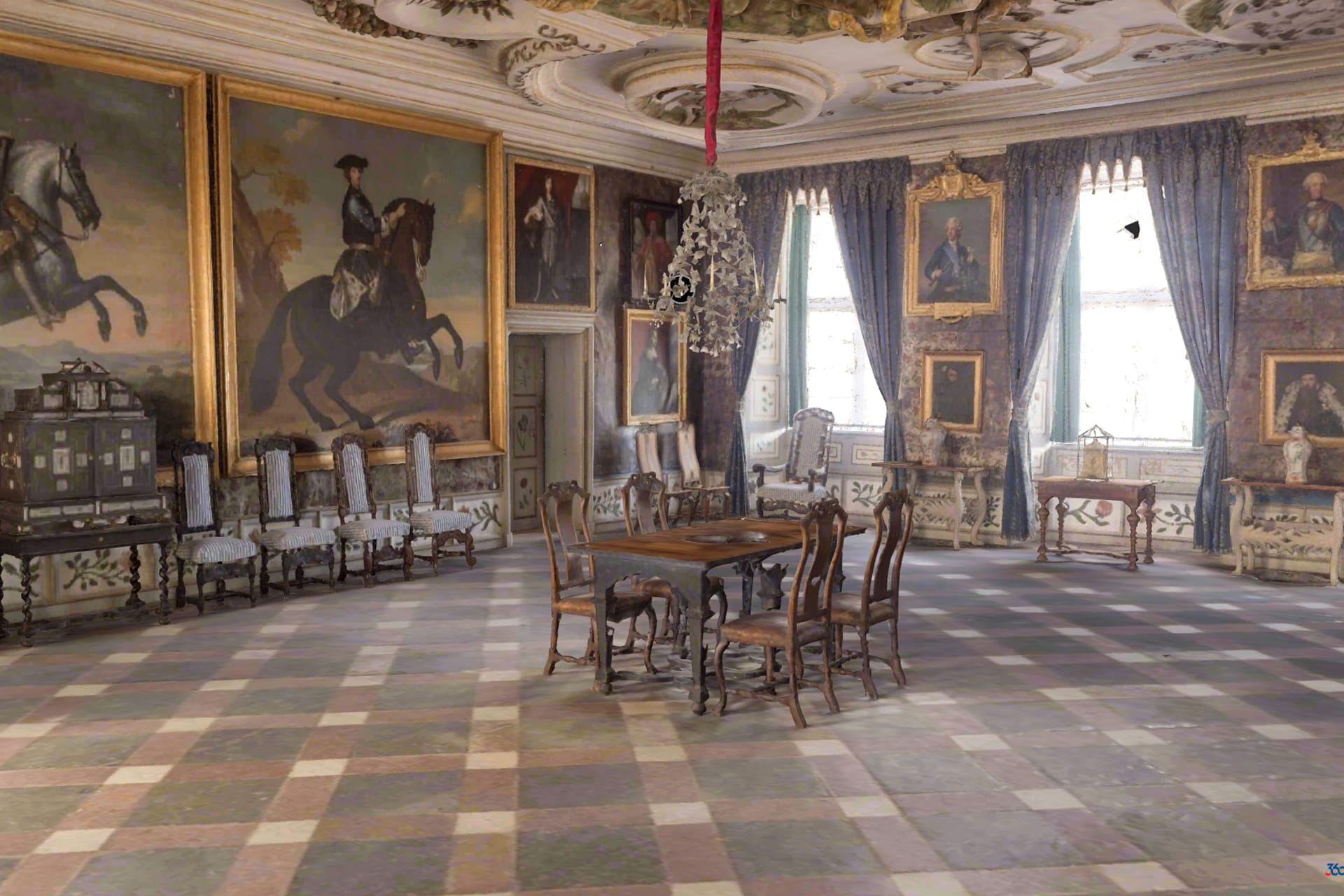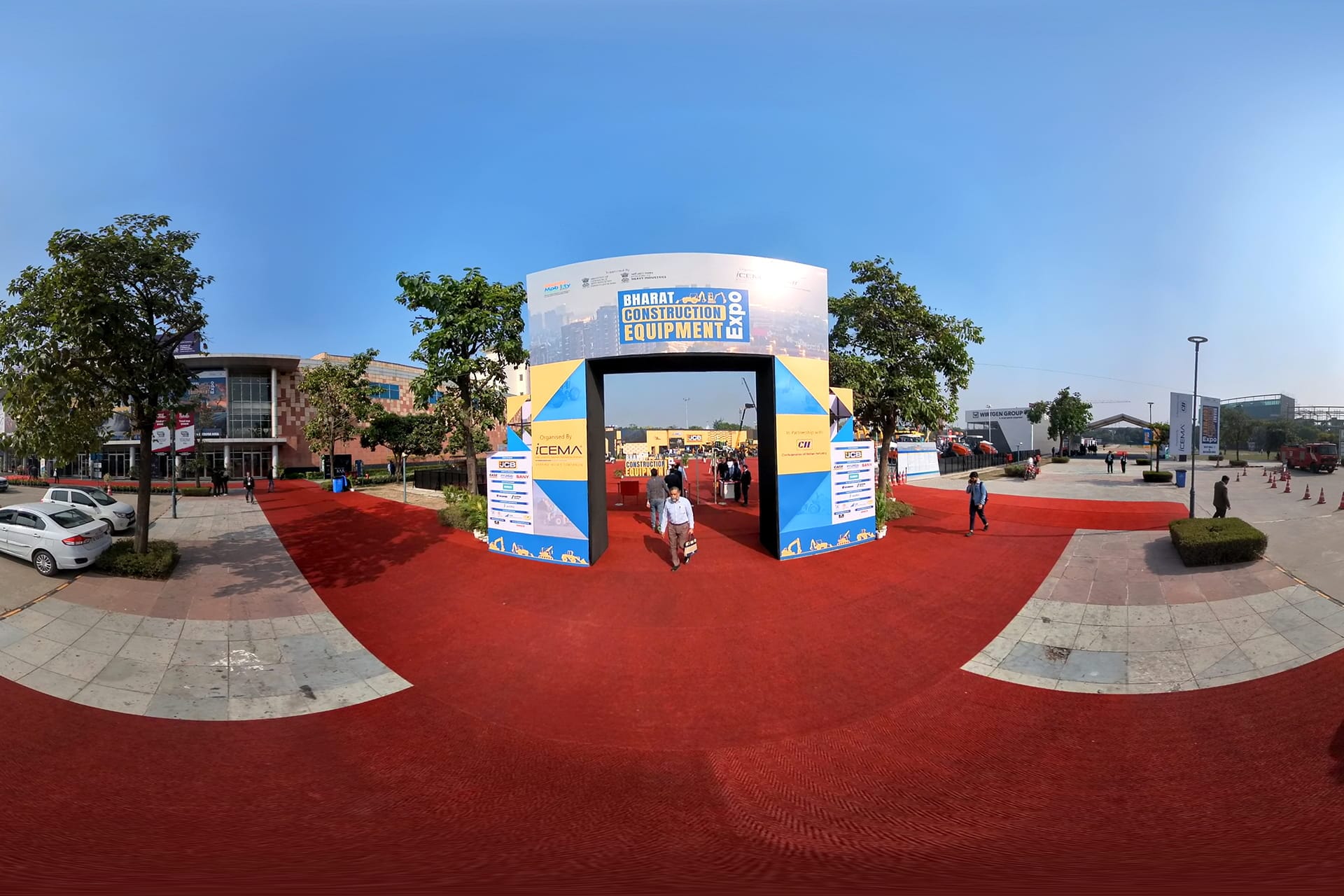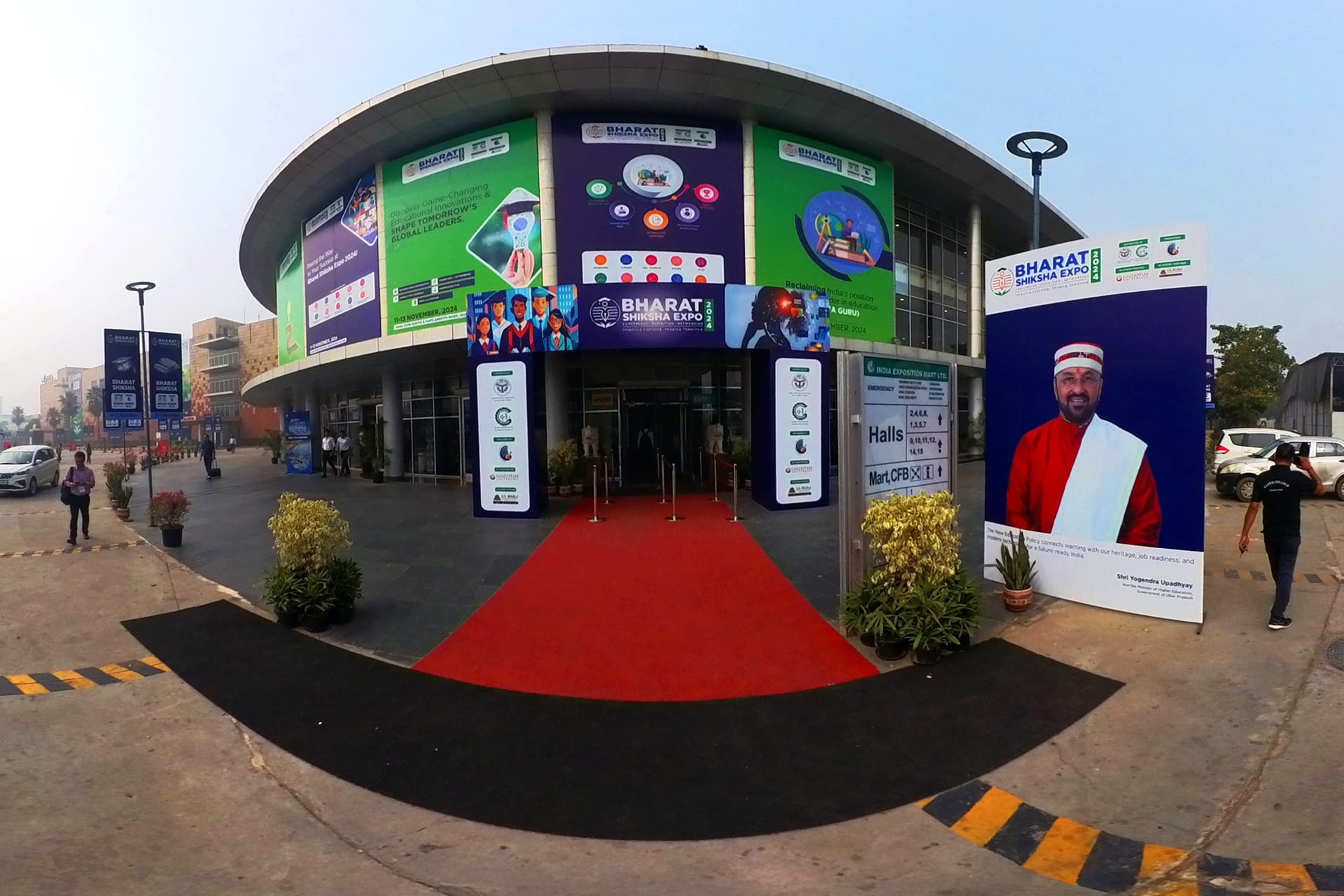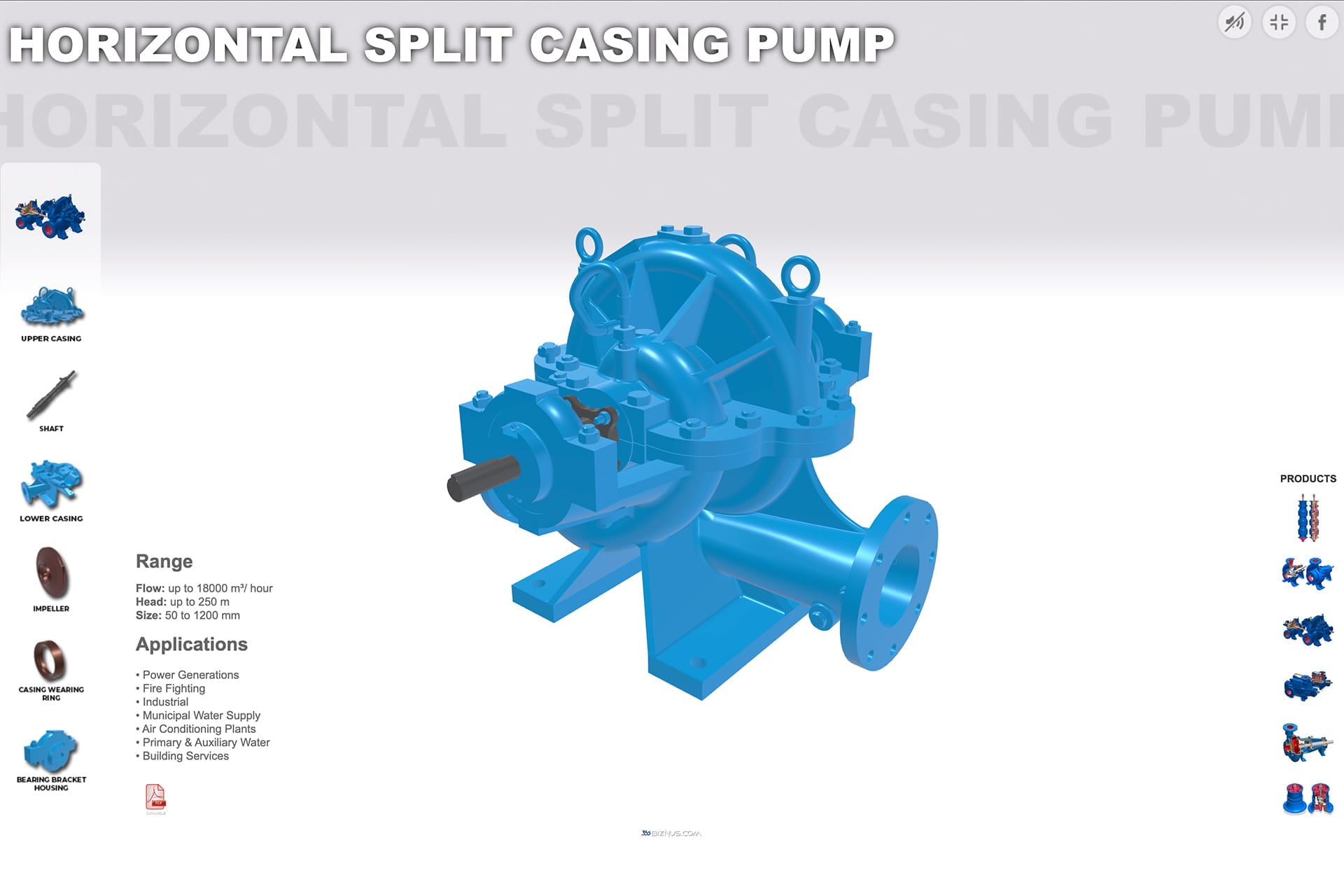360° virtual tours have transformed how real estate and hospitality businesses showcase their properties. Buyers and guests no longer rely solely on photos—they want an immersive, interactive experience before making decisions.
However, creating a virtual tour isn’t just about capturing panoramic images. To stand out, businesses must follow best practices that enhance usability, engagement, and conversions. This blog explores practical strategies and tips for real estate and hospitality virtual tour development.
Why 360 Virtual Tours Are Essential for Real Estate & Hospitality
- Engagement: Users spend more time exploring properties online.
- Transparency: Offers realistic representation of space, layout, and amenities.
- Conversion: Increases bookings for hotels and inquiries for real estate.
- SEO Benefits: Optimized tours boost website visibility and organic traffic.
Best Practices for Real Estate 360 Virtual Tours
1. High-Quality Photography
- Use professional cameras (DSLR with fisheye lens or 360° cameras).
- Ensure proper lighting to highlight property features.
- Avoid distortion or poor stitching errors.
2. Strategic Hotspot Placement
- Add hotspots on key areas: kitchen appliances, storage, fixtures.
- Include info pop-ups with room dimensions or material details.
- Embed call-to-action hotspots for contact forms or scheduling visits.
3. Navigation & Flow
- Maintain logical room-to-room navigation.
- Avoid confusion by labeling rooms and areas.
- Use floor plans for large properties to help orientation.
4. Branding & Customization
- Incorporate your company logo, color scheme, and contact info.
- Customize tour menus and icons to match brand identity.
5. Mobile Optimization
- Ensure responsive design for smartphones and tablets.
- Test tap, swipe, and pinch gestures for smooth navigation.
Best Practices for Hospitality 360 Virtual Tours
1. Showcase Key Amenities
- Highlight lobbies, suites, restaurants, pools, spas, and event spaces.
- Use hotspots to describe services or offer booking links.
2. Multimedia Integration
- Include video walkthroughs of rooms or facilities.
- Add audio guides or background music for immersive experience.
3. Clear Booking & CTA Options
- Place call-to-action buttons for room bookings or reservations.
- Use interactive menus for pricing, packages, and promotions.
4. Seasonal Updates
- Update virtual tours to reflect seasonal decor, promotions, or renovations.
- Ensures tours remain accurate and trustworthy.
5. Optimize Load & Mobile Experience
- Compress high-resolution images and videos for fast loading.
- Use lazy loading for secondary scenes and multimedia.
Tips Common to Both Real Estate & Hospitality
- Storytelling Through Tours
- Guide users through a narrative: entrance → living areas → amenities.
- Engage users emotionally to increase interest and leads.
- Guide users through a narrative: entrance → living areas → amenities.
- Analytics & Tracking
- Track clicks on hotspots, video plays, and room visits.
- Use insights to improve engagement and design future tours.
- Track clicks on hotspots, video plays, and room visits.
- SEO Optimization
- Add descriptive alt text to images and hotspots.
- Include keywords relevant to your property or location.
- Implement Schema.org VirtualTour markup for search engines.
- Add descriptive alt text to images and hotspots.
- Accessibility
- Ensure tour can be navigated with keyboard or screen readers.
- Include captions or transcripts for audio/video content.
- Ensure tour can be navigated with keyboard or screen readers.
Common Mistakes to Avoid
- Overloading Hotspots: Too many clickable points overwhelm users.
- Ignoring Mobile Users: Most users browse on smartphones; mobile-friendly design is essential.
- Poor Lighting & Photography: Low-quality visuals damage credibility.
- No Clear CTA: Without booking or inquiry options, the tour loses its conversion potential.
- Outdated Tours: Tours should reflect the current state of the property or hotel.
Case Study Examples
Real Estate Example:
- A luxury apartment developer implemented a 360 virtual tour with hotspots on appliances, flooring, and balcony views.
- Result: 35% increase in property inquiries within 3 months.
Hospitality Example:
- A boutique hotel added multimedia hotspots for spa, pool, and restaurant experiences.
- Result: 28% increase in direct bookings and reduced reliance on third-party booking platforms.
Conclusion
360 virtual tours are no longer optional—they’re essential marketing tools for real estate and hospitality businesses. Following best practices like high-quality visuals, interactive hotspots, mobile optimization, and SEO-friendly design ensures that your tours not only impress users but also drive conversions and bookings.
At 360Biznus, we specialize in creating custom 360 virtual tours for real estate and hospitality, combining stunning visuals, interactive features, and seamless navigation. Contact us today to elevate your property or hotel experience online.
Get in Touch
Whether you want to develop a new 360 Virtual Tour, 3D Product Display, 360 Product Spin Photography, Google 360 Street View or update an existing 360 Virtual Tour, we're eager to assist.
Call / Email Us / fill in the form below.


